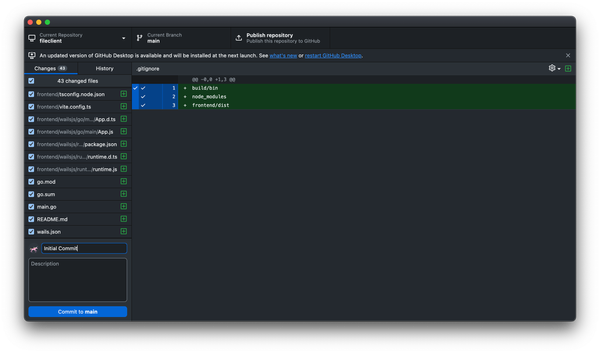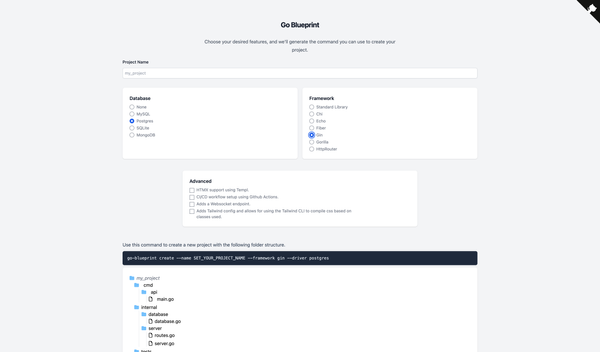Mastering Real-Time Collaboration in Web Apps: A Developer's Guide
Mastering Real-Time Collaboration in Web Apps: A Developer's Guide
Real-time collaboration is no longer a luxury—it's a necessity in modern web development. Whether you're building tools for team editing, live code sharing, or interactive whiteboards, understanding how to implement seamless, low-latency collaboration is essential.
Why Real-Time Collaboration Matters
With the rise of remote work and distributed teams, applications that support real-time editing—like Google Docs or Figma—have become the standard. Developers need to know not just the tools, but the underlying principles behind them.
Core Technologies
Here are the key technologies that power real-time collaboration:
- WebSockets: Provide a persistent, full-duplex communication channel between clients and servers, ideal for real-time updates.
- WebRTC: Enables peer-to-peer communication, perfect for video calls and live screen sharing.
- Protocol Buffers / JSON: For efficient data serialization and transmission.
- Conflict Detection & Resolution: Critical for handling multiple users editing the same document simultaneously.
Architecture Patterns
Several patterns are commonly used:
- Single-Threaded Server (e.g., Socket.IO): Simple to implement, but can become a bottleneck under heavy load.
- Event-Driven Architecture: Decouples components and scales better with microservices.
- Delta Encoding: Instead of syncing entire documents, only send changes (deltas), reducing bandwidth and latency.
Practical Example: Live Code Editor
Let's walk through a simple live code editor using Socket.IO and Node.js:
const socketIo = require('socket.io');On the server:
server = socketIo(server);server.on('connection', (socket) => { console.log('User connected:', socket.id); socket.on('code update', (data) => { // Broadcast to all clients socket.broadcast.emit('code update', data); });});On the client:
const socket = io('http://localhost:3000');socket.on('code update', (data) => { console.log('Received update:', data); // Update UI});Best Practices
- Use optimistic UI updates to reduce perceived latency.
- Implement offline sync with local storage and sync on reconnect.
- Design for scalability—avoid monolithic server approaches.
- Test edge cases: network drops, concurrent edits, merge conflicts.
Tools & Libraries
Popular libraries for real-time collaboration include:
- Socket.IO – Reliable, feature-rich WebSocket library.
- Supabase – Provides real-time database updates with a simple API.
- WebRTC – For peer-to-peer communication in video/audio apps.
- DeltaSync – A library for implementing delta encoding in real-time apps.
Conclusion
Real-time collaboration is a powerful feature that can significantly enhance user experience. By leveraging modern web technologies and following best practices, developers can build intuitive, responsive applications that feel seamless to users.
Start small—build a simple live editor—and scale up as your application grows. The key is understanding the trade-offs between performance, complexity, and user experience.


